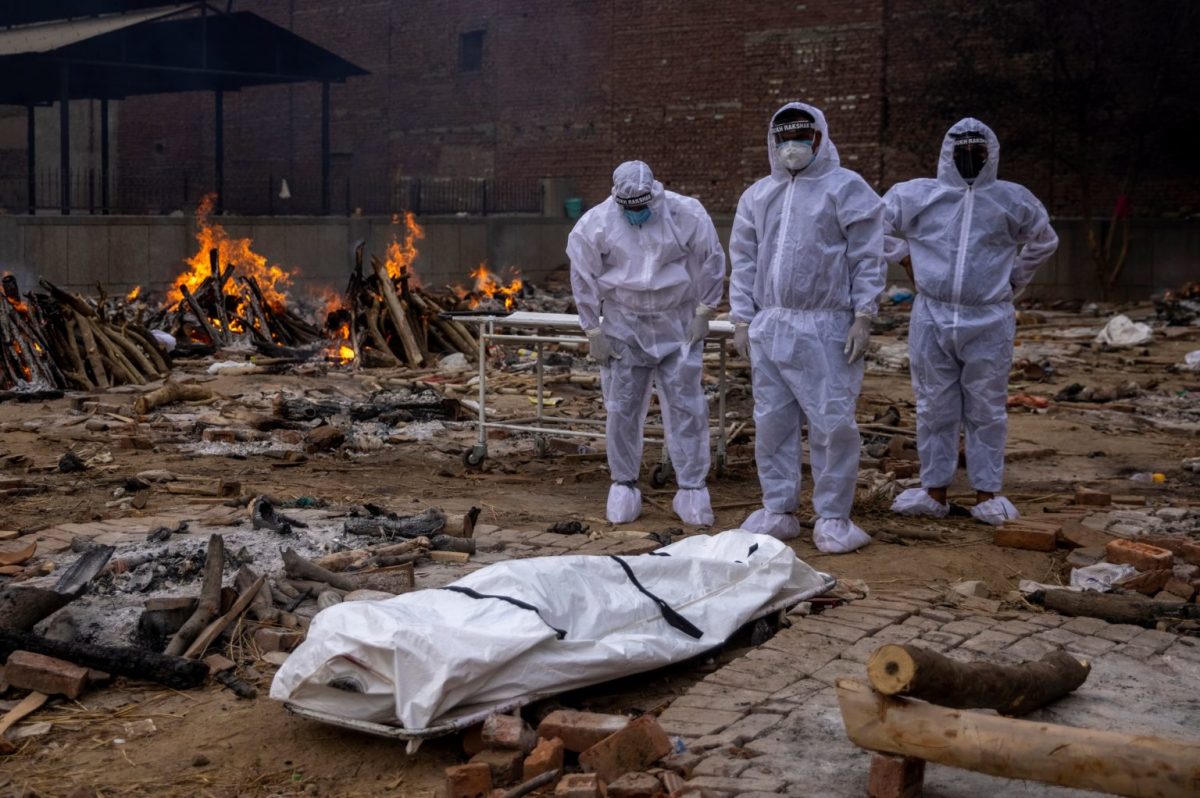
New Delhi: The devastating second COVID-19 wave in Delhi saw unusually high air pollution despite a lockdown during the March-May period. This could be attributed to exceptionally high biofuel burning at crematoria and increased frequency of dust storms, according to a new study.
The study conducted by researchers from National Institute of Advanced Science, Bengaluru, Delhi Pollution Control Committee (DPCC), Indian Institute of Tropical Meteorology, Pune, Utkal University and Indraprastha Institute of Information Technology has been published in the multidisciplinary journal Chemosphere.
The research team included scientist and senior meteorologist Gufran Beig and DPCC member secretary K.S. Jayachandran.
The research explained the reasons for the worsening air quality during lockdown using India’s first air quality forecasting framework model of SAFAR.
It suggested that an unaccounted emission source played a leading role in high air pollution. The hidden source of emission is believed to be associated with additional biofuel burning at crematoria which could not be accounted for in modelling.
“The model failed to reproduce some observed unusual features mainly related to an unaccounted hidden source of emission which was related to biomass burning at the crematorium in all likelihood,” the paper read.
The model also established that north-westerly winds often brought dust particles from the desert region to Delhi, leading to an increase in the concentration of particulate matter even during the lockdown.
The increase in PM2.5 followed the steep surge in infection count and the peak mortality period (around 400 deaths per day) and directly coincided with peak levels of PM2.5, it showed.
The study modelled the emission as per the wood required for cremation (around 300-400 kg per pyre) for open pyre and accounted for the chemistry of crematoria flue gases which contain a higher percentage of organic, inorganic matter and particulate dust material.
The increased carbon rich PM2.5 and PM10 further aggravated the severity of condition of COVID-19 patients and vulnerable population, adding to the misery. The impact lasted longer as carbonaceous PM2.5 remain suspended in the air relatively longer, it said.
The researchers further found that other peaks in the later part of lockdown were related to the north-westerly winds which often brought dust particles from the desert region to Delhi.
The frequency of such dust storms was unusually higher than normal, probably due to free and faster flow of dust without much resistance during the lockdown period. The Wire


